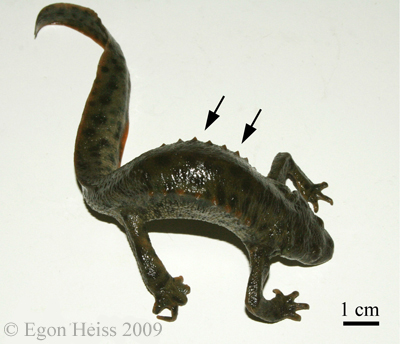Hi Everyone! It’s my first year here at Clemson University,
and while teaching and applying for grants and all that other stuff has been
fun, what I’ve always been really excited for is research. Luckily, I get to
start that really soon! I’m going to be doing some work on the functional
morphology and ecology of pleurodiran turtles. These turtles are interesting
for a number of reasons, one of which is because almost nothing is known about
them, another of which is that they’re just gorgeous and fantastic animals!
 |
| Note: Those are not my fingernails, but check out the color on the carapace! |
There are two main types of turtles in the world,
cryptodirans, and pleurodirans. Cryptodirans are more of your standard turtle,
and the common name form them is “hidden neck” which refers to how they pull
their head back into their shell. Pleurodirans, on the other hand, are known as
“twist neck turtles” because they pull their head into their shell sideways, so
that one side of the head is somewhat exposed! Unlike cryptodires, pleurodires
are restricted to aquatic habitats, and also only live in the southern
hemisphere.
I just got my first group of turtles for my PhD: 4
individuals of Emydura subglobosa, a
beautiful species from Papua New Guinea and Australia. They have brilliant red
carapaces (the belly part of the shell), with streaks of color across the rest of the body. Once they get used to living in Clemson, I’ll be
putting them through their paces, videotaping their locomotion in both the
water and on land, so they’ll be getting plenty of exercise!
 |
| How can you not love them!? |






